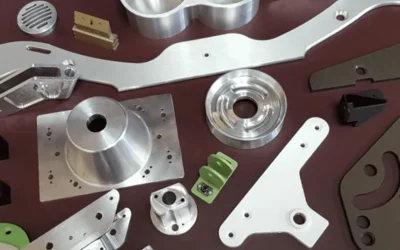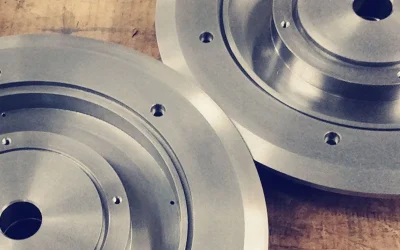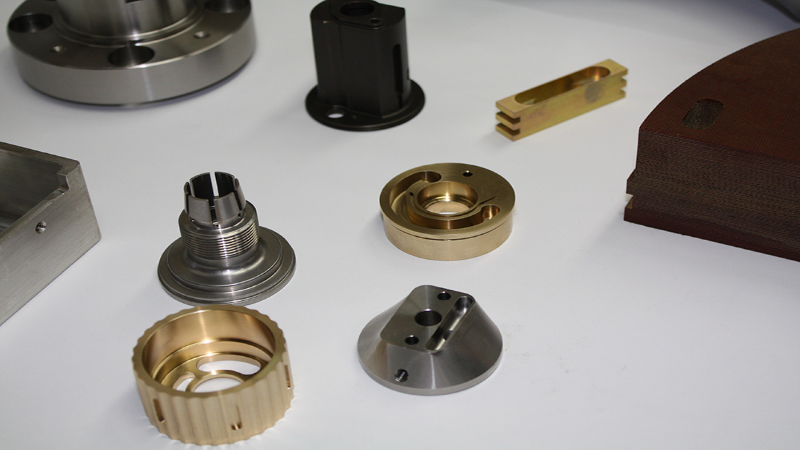In the rapidly evolving world of aerospace engineering, precision and innovation are paramount. CNC aerospace machining stands at the forefront of this revolution, offering groundbreaking solutions that enhance the manufacturing process of aircraft components. This technology not only ensures high precision but also significantly reduces production time, making it indispensable in modern aircraft manufacturing.
The Benefits of CNC Aerospace Machining
CNC (Computer Numerical Control) machining has transformed the aerospace industry with its ability to produce complex parts with extreme accuracy. Here are some of the key benefits:
- Precision and Accuracy: CNC machines operate with exact precision, which is crucial for aerospace components where even a minor deviation can lead to serious safety risks.
- Consistency: Unlike manual machining, CNC machines can produce thousands of parts without variation, ensuring each component meets strict aerospace standards.
- Material Versatility: From aluminum and titanium to advanced composites, CNC machines can handle a wide range of materials that are commonly used in aerospace applications.
- Reduced Waste: CNC machining is highly efficient, minimizing material waste which is not only cost-effective but also environmentally beneficial.
- Speed: Automation allows for continuous operation without breaks, significantly speeding up the production cycle and enabling faster project completions.
Considerations in CNC Aerospace Machining
While CNC machining offers numerous benefits, there are several considerations that manufacturers must address:
- Cost of Equipment: The initial investment in high-quality CNC machinery can be substantial, though the long-term savings and increased production capacity often justify the cost.
- Technical Skill Requirements: Operating CNC machinery requires specialized knowledge and training, necessitating a skilled workforce.
- Maintenance: Regular maintenance is essential to ensure the machines operate efficiently and accurately over time.
Relevance to the Audience
For stakeholders in the aerospace industry—from engineers and designers to project managers and maintenance technicians—understanding the capabilities and requirements of CNC machining is crucial. It not only affects the design and production phases but also influences maintenance and repair operations. As aerospace components become more complex, the role of advanced machining technologies becomes more critical.
Conclusion
CNC aerospace machining is more than just a technological advancement; it is a pivotal element in the aerospace manufacturing landscape that drives efficiency, enhances safety, and fosters innovation. By embracing this technology, the aerospace industry can meet the increasing demands for precision and reliability in aircraft manufacturing. As we look to the future, the integration of CNC machining with other innovative technologies like AI and robotics will continue to redefine what is possible in aerospace engineering. Thus, staying informed and adaptable to these advancements is essential for anyone involved in this field.


